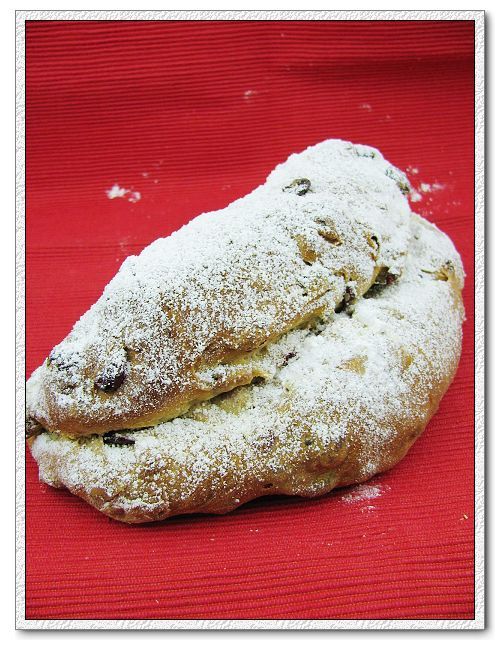Mixed Flour SD Boule
I'm calling this "Mixed Flour" because I used a lot of different flours. I wanted to see if I could get the characteristics I wanted in the crumb by adjusting just the flours. It seemed to have worked, so here's what I used:
Again (It's a family/personal favorite :-)), I was following Susan's Simple Sourdough formula. Only hers doesn't call for so many flours!
50g Firm Starter (mine is 50% hydration composed of 10% rye and 90% AP)
205g Water
- Log in or register to post comments
- 12 comments
- View post
- inlovewbread's Blog



